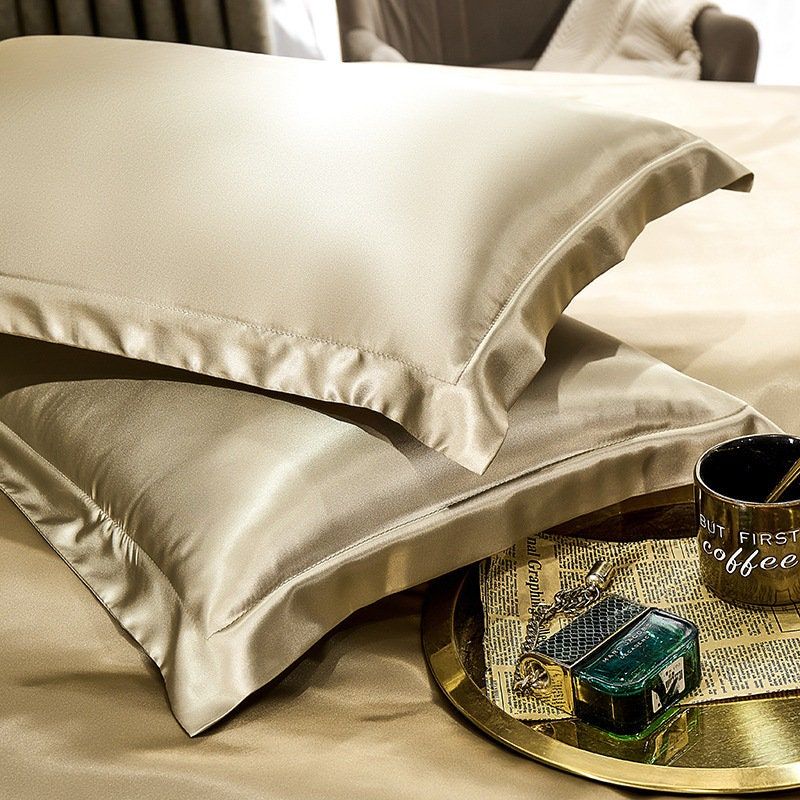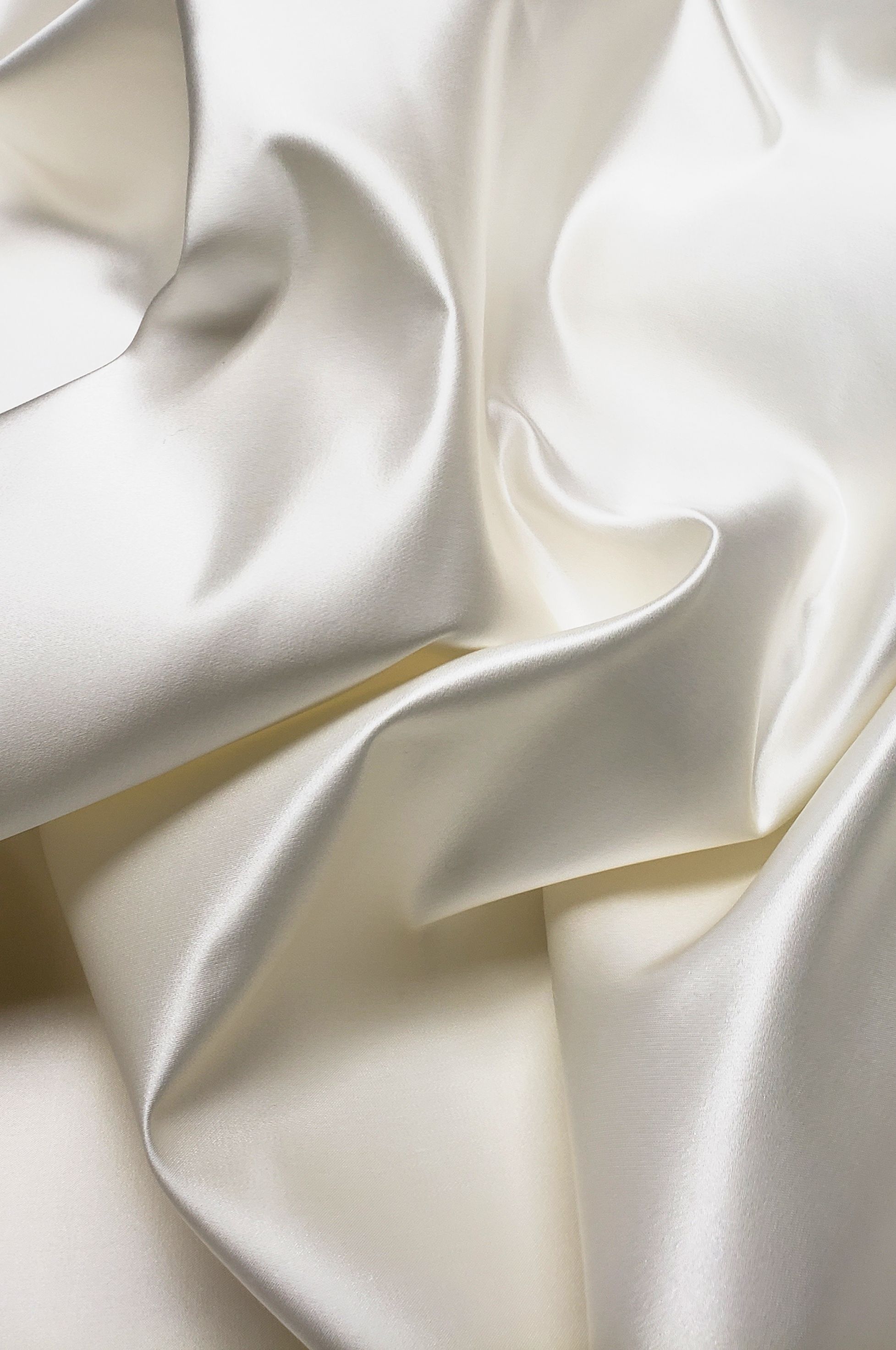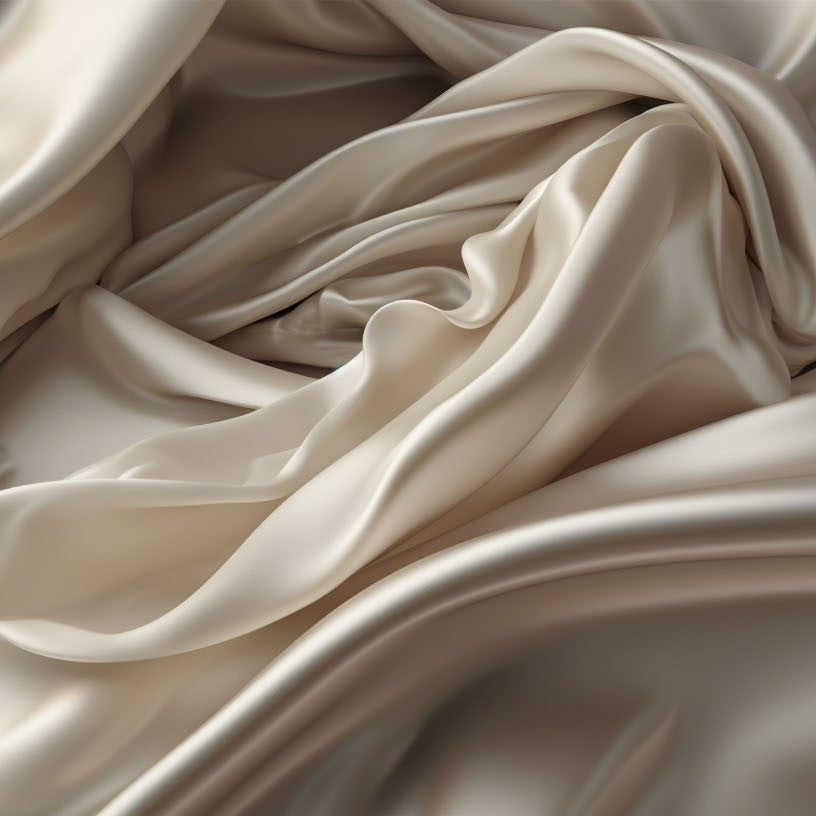Comparing Silk and Satin
It's time to delve into the world of luxurious fabrics - satin and silk. We will demystify the differences between satin and silk pillowcases, exploring their material, cleaning process, benefits and usage.This comprehensive guide will enhance your understanding, helping you to make an informed decision in your next purchase.

What is silk ?
Silk is a natural protein fiber that is produced by certain insect larvae to form cocoons. The silk moth (Bombyx mori) is the most well-known source of silk, which is native to China. And It has been cultivated for its silk for thousands of years. Silk is valued due to its softness and durability. Then Silk can be produced lots of colors and textures, and it is often used in luxury goods for its high cost and perceived quality.
For example, the VAZA SILK, VAZA launched 10 kinds of pure silk pillowcase and Floral Silk pillowcase. Silk production has a complex process, such as rearing silkworms, harvesting the cocoons, and processing the silk fibers into thread. Besides, it’s a popular choice for garments like dresses and give you a good sleep.

What is Satin?
Satin is a weave, not a natural fiber like silk. Despite what many believe, satin is not a type of material or fabric in itself. Instead, it refers to the method of weaving the material together. It involves four or more weft yarns floating over a single warp yarn or vice versa, making the material very flexible. This versatility is part of the reason satin is so popular in various industries.
It is often used in clothing, such as evening gowns, boxer shorts, and in sportswear.Despite its luxurious feel, satin does come with a few downsides. It's also less breathable than other fabrics, which can make it less comfortable for prolonged use in hot weather or for individuals who run hot while sleeping.
Comparing Satin and Silk

Cleaning Differences
Silk demands more delicate care, often requiring hand-washing or dry-cleaning, and special detergents to retain its charm. It's best hand washed or dry-cleaned, although some modern silks can withstand machine washing. Use gentle detergents and avoid high heat to maintain its luster and softness.
However, satin is generally easier to care for, as it usually withstands machine washing and low-heat drying, and satin's cleaning process is relatively simple. It's generally machine washable and can be dried on a low setting. However, always check the care label, as some satin fabric blends may require different care.

Benefits Differences
Both materials offer skin and hair benefits by reducing friction, yet silk is hypoallergenic, making it a great choice for people with sensitive skin or allergies. It offers a cool touch and absorbs less moisture than other materials, helping keep your skin hydrated throughout the night.
However, the benefits of satin are numerous. It's smooth and glossy, giving a luxe feel without the high cost associated with natural fibers. The sleek surface helps reduce friction on the skin and hair, potentially minimizing wrinkles and bedhead.

Usage Differences
Both silk vs cotton are popular for bedding due to their smooth texture and glossy appearance. Silk is synonymous with luxury and comfort. A silk pillowcase can be an indulgent treat, offering a night of rejuvenating sleep. Apart from bedding, silk is also prominent in high-end fashion and décor due to its elegant appeal.
On the other hand, satin pillowcases are popular for their affordable luxury. They're perfect for those wanting to elevate their bedding without breaking the bank. Satin is also widely used in clothing and upholstery due to its flexibility and shine.
Conclusion
Both satin and silk pillowcases offer a touch of luxury to your bedtime routine, each with its unique features and considerations. Satin provides a more budget-friendly alternative with relatively easy care, while silk offers a natural, hypoallergenic choice with a higher price tag and demanding care requirements. The choice between satin and silk will depend on your personal preferences, budget, and willingness to maintain the fabric. Remember, the right pillowcase for you is the one that makes you look forward to sinking into bed each night.
FAQs:
Q1:Which is more durable, satin or silk?
Silk, being a natural fiber, generally tends to be more durable than synthetic satin. However, the durability can also depend on the quality of the fabric and proper care.
Q2:Can satin or silk pillowcases help reduce wrinkles?
Yes, both satin and silk pillowcases can help reduce friction and thereby potentially minimize skin creasing and hair frizz. However, they should be used as part of a wider skincare routine.
Q3: Are silk pillowcases worth the investment?
Silk pillowcases can be an excellent investment for those valuing natural materials and hypoallergenic properties. They can help maintain skin hydration and reduce hair frizz.
Related Reads

The Ultimate Solution for Acne-Prone Skin: Silk Pillowcases

Dream in Silk: The Ultimate Guide to VAZASILK's Silk Hair Sleep Bonnet

Discover the Age-Defying Benefits of VAZASILK Silk Pillowcases

